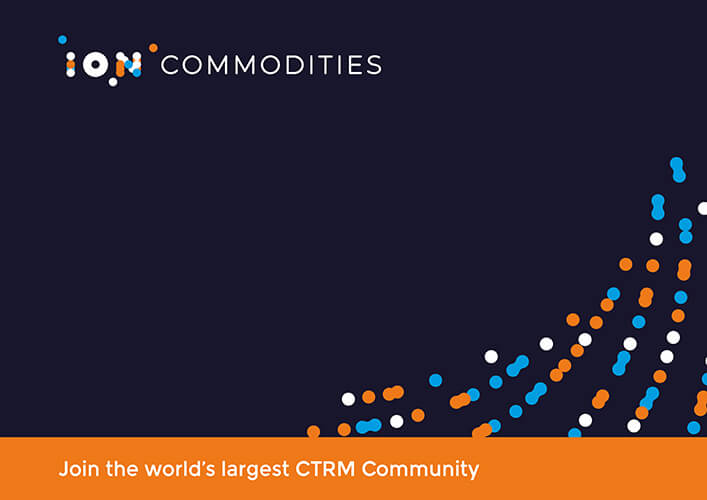The importance of energy hedging in a volatile natural gas market
Energy hedging can pay off handsomely for companies. This shouldn’t be a surprise since energy prices are inherently volatile, fluctuating with supply and demand, political tension, storms, and even ruptured pipelines.
Airlines often hedge future fuel consumption at a set price to avoid a profit squeeze if oil prices were to spike. Hedging can keep costs down and their fares competitive. The same strategy holds for natural gas. Energy hedging can protect buyers against the risk of unexpected price surges, and producers can lock in prices for future output to help them meet —or even surpass—financial targets.
These benefits may explain why gas hedging became common in the 1990s and 2000s, when prices fluctuated widely. Since then, a rise in US shale gas production and the growth of the global liquefied natural gas (LNG) trade has created a glut of supplies, causing prices to bottom out in 2016, as noted by Petroleum Economist. This has deflated gas pricing volatility and hedging activity.
A new bull market for gas
But that may not be the case for long. Gelber & Associates, an energy advisory firm based in Houston, Texas, is forecasting a resurgence in hedging activity. “A new bull market for natural gas is nascent but underway” and may be in full swing by 2020, according to Gelber & Associates. “Halting hedging practices in today’s market is analogous to canceling flood insurance at the end of a drought period as a tropical storm is developing in the area adjacent to your home,” the firm says.
US producers have increased their gas hedges this year. Reuters reports that, according to Goldman Sachs, producers have hedged 47 percent of their 2018 expected gas output, higher than the five-year seasonal average of 44 percent. One reason for this is that US gas stockpiles have sharply declined and inventories are 16 percent below the five-year average, according to FuelsNews.
Hedging can also protect producers if the gas glut continues, or if new gas-fired power plants and rising exports out of the US use up the excess supplies, putting a damper on a price rise. It can also protect producers’ returns on future output if mild temperatures limit seasonal cooling or heating demand.
A help in decision-making
In any of these scenarios, hedging can help a gas producer decide to increase output or build a cash cushion. To make these decisions, good analytics help. By using energy trading and risk management (ETRM) solutions, companies can test hedge positions, determine their effectiveness and figure out when to make real-time decisions that can reduce the risk of adverse price movements. The technology, which companies are increasingly using to replace outdated systems, should be developed on a company-wide basis to standardize, streamline, and unify processes. This can help to save time and money and to improve efficiencies across the board as they become as agile as possible.
As the gas and energy market becomes more complex, ETRM systems are becoming “the flight deck from which firms pilot their entire business activity,” reports Risk.net. If hedging decisions are made on a department-by-department basis using outdated technology, they may be less effective. That’s the last thing companies want in hedging, especially in the face of growing expectations of a more volatile gas market when a company’s nimbleness will determine who wins and who loses.

Fulfill regulatory requirements with confidence
No matter where you are in your journey, ION has the right solution for your business. Join the world’s largest CTRM community. Download our brochure to learn more.

